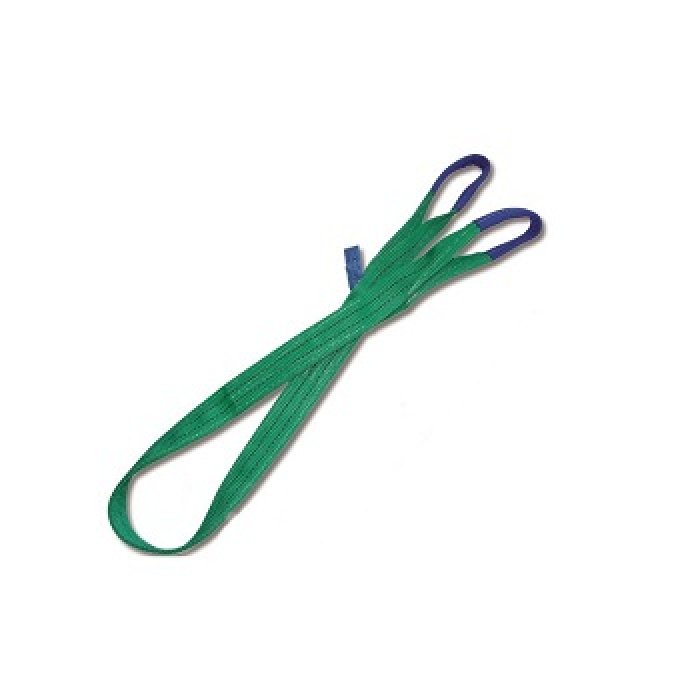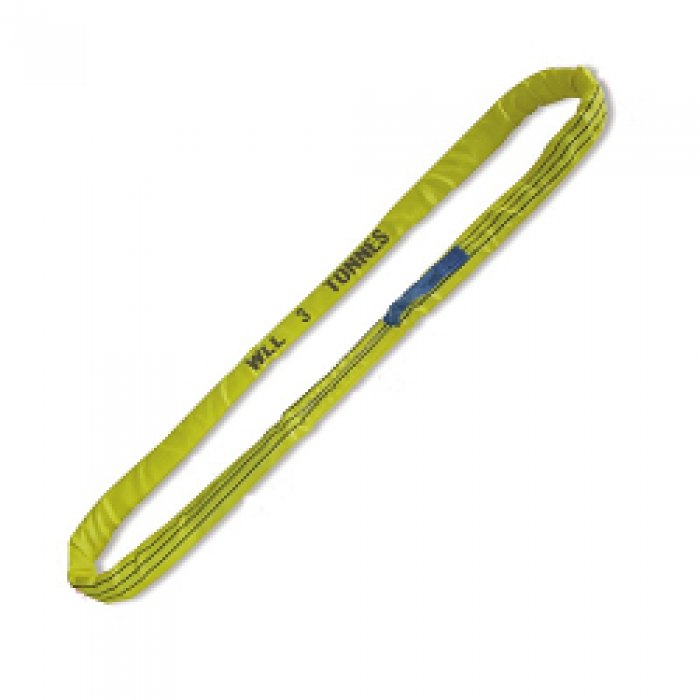Specifications for use, maintenance and periodic checks for synthetic fiber slings in accordance with EN 1492-1/2
FIRST START-UP
1 Must check that the sling complies with the order;
2 Must check that the certificate of conformity has been received;
3 Must verify that the data shown in the certificate, such as identification, marking and capacity, are correct;
4 Must check that all the sling’s details have been correctly registered in the appropriate register.
BEFORE EVERY SINGLE USE/BEFORE ITS CURRENT USE
YES
1 Must examine the condition of the slings before each lifting;
2 Must check that twisting does not occur during lifting practices;
3 Must check that the load is resting on the center of the hook and not on the tip;
4 Must know the weight and nature of the load about to be lifted and its center of gravity;
5 Must check that there are no chemical agents in the atmosphere or excessive heat sources;
6 Must check for any cuts, fraying or damage that are caused by abrasions.
NO
1 Never try and fix the sling yourself;
2 Do not overload the slings, use only loads that are not exceeding the foreseen capacities;
3 Do not lift with vertex divergence angles greater than 120 °. It’s advisable to use slings with a vertex divergence of up to 90 °;
4 Do not lift by jerks;
5 Do not shorten the slings by knotting them;
6 Do not use buttonhole slings by subjecting the internal opening angle of the buttonhole itself to an opening greater than 20 °;
7 Do not use polyester slings outside the temperature range between -40 ° C and + 100 ° C.
MAINTENANCE AND INSPECTION
When you must replace slings
1 When slings have undergone alteration of the fiber following exposure to UV rays;
2 When the identification plates and/or markings on the sling have become illegible;
3 A thorough examination should be carried out by competent personnel periodically (at least once every 12 months).
SELECTIVE RESISTANCE TO CHEMICAL AGENTS
1 Polyester (PES) is resistant to most mineral acids but is damaged by alkalis;
2 Polyamide (PA) is virtually free from the effect of alkali; however, it’s affected by mineral acids;
3 Polypropylene (PP) is slightly affected by acids and alkalis plus it’s exposed to applications where the highest resistance to chemicals other than solvents is required.
Contaminated slings should be immediately taken out of service and examined by a competent professional.




